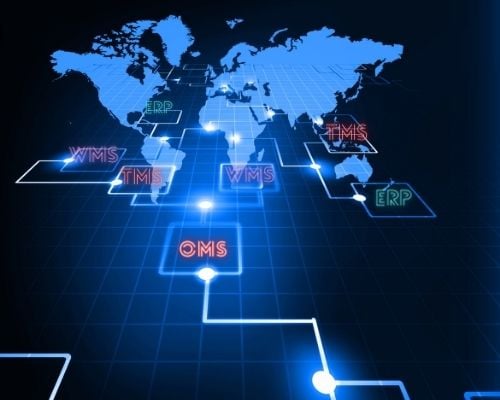Irecently had the privilege of attending a program at MIT’s Sloan School of Management about Organizational Design for Digital Transformation. My curiosity on the topic, inspired by the daily barrage of articles, emails, white papers, and webinar invitations on digital transformation, piqued my desire to get to the bottom of what it is or isn’t by way of an informed, expert source.
I must say, MIT opened my eyes to another way of thinking.
Why modernizing won’t provide the future value you’re looking for
MIT’s view on digital transformation offers five building blocks: the operational backbone, shared customer insights, a digital platform, an accountability framework, and opening up to partners through an external developer platform. 91% of business leaders rate digital transformation as a current business priority to remain competitive. Yet most articles on digital transformation revolve around the operational backbone – namely, activities centered around improving end-to-end internal procedures – which I see as a form of modernizing. Getting up-to-date and integrated on a cohesive corporate landscape (ERP, WMS, TMS, OMS, CRM, etc.) and even fitting in AI, machine learning, analytics, and cloud computing all represent critical upkeep businesses should already be doing.
So why after all this modernization (potentially comprised of big projects and multi-year efforts) are so many companies still not digitally transformed?
Customarily piecemeal and incremental siloed upgrades serve to update business processes. You may have invested in the best technology available, tightened up your business processes, defined roles and accountabilities, involved your best customers along the way, but you’re just getting started. That’s why modernization is only the first step. What you’ll find is once you get really good at your core business and start delivering on expectations and keeping promises, your customers will want more from you. What made you successful in the past becomes less valuable for the future.
The aim of digital transformation is to not only get good at your core business but to continually create value by bringing other business partners onto your platform. It takes a multiplier effect to successfully meet growing customer expectations. It takes an ecosystem. And just as manual processes or even disjointed digital processes cause inefficiency within an enterprise, a digital strategy that collects and upgrades disparate ERPs, WMSs, TMSs, OMSs, CRMs across the network is perpetually engaged in “modernization.” Put simply: it’s critical for organizations and their networks to start doing more than updating business processes internally or across external parties and begin supporting and laying the groundwork for innovation and growth.
The concept of the “multi-multi” as both a problem and solution
The reality of it is, many companies have what can be referred to as the “multi-multi” problem – multiple systems, multiple workflows, multiple versions, multiple jurisdictions – you get it. Having been a CXO many times, I know the business reality is most companies will not change out a huge infrastructure, no matter how inefficient and outmoded.
The multi-multi reality can also be a solution. With businesses today bombarded by an endless stream of digital technologies – cloud, social media, blockchain, crypto currency, analytics, the Amazon effect, Internet of Things, AI, machine learning, augmented reality, connected services, mobile, et al – it’s too much to imagine one can solely provide it all.

A company can only deliver so many solutions – it can’t address every single customer problem, but most customer problems can be solved by an ecosystem, an exchange of sorts, with a set of tools and resources that build on one another – a portfolio of multiple systems working together from one platform. In supply chain and logistics, this external developer platform is referred to as a Multi-Enterprise Supply Chain Business Network (MESCBN) technology.
MESCBN technology is a supply chain cloud platform that connects disparate systems across global networks for end-to-end visibility and synergy across multiple parties, flows, jurisdictions, etc. They allow companies to leverage the infrastructure they already have to effectively and dynamically partner within their ecosystem, and seamlessly add and onboard new parties as needed. And, having laid the fundamental groundwork for visibility and intelligence across the ecosystem, businesses have the technical support they need to flexibly grow and innovate.
The key takeaway is this: a digital transformation starts small and is a long journey, essentially putting in place a framework for reinvention of the business to better cope and succeed in the future.




